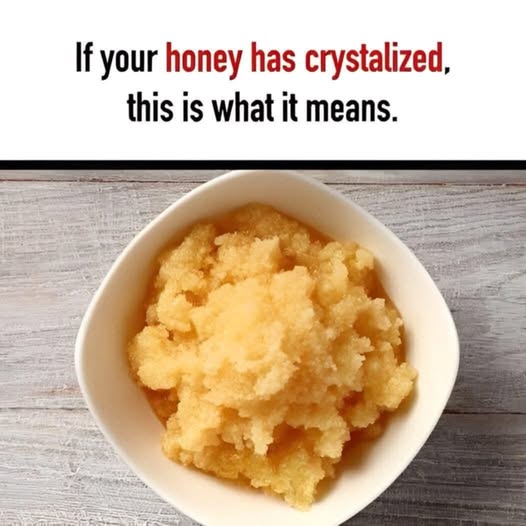Why Honey Crystallizes—And Why It’s Still Perfectly Good to Eat
Honey has been cherished for thousands of years—not just for its naturally sweet taste, but also for its potential health benefits. Made by bees from flower nectar, honey’s flavor can vary depending on the types of blooms in season. Beyond its delightful taste, honey is known to contain antioxidants, enzymes, and trace vitamins that may support the immune system, aid digestion, and promote natural healing.
One of the most common questions about honey is why it sometimes turns solid or grainy over time. This process is called crystallization, and it’s entirely natural. It occurs when the natural sugars in honey, primarily glucose, begin to form crystals. Factors like temperature, moisture content, and the amount of pollen in the honey can influence how quickly it crystallizes.
Fortunately, crystallized honey is still perfectly safe and delicious to eat. In fact, many people enjoy the texture, spreading it on toast or stirring it into warm beverages. If you prefer liquid honey, you can easily return it to a smooth state by gently warming the jar. Place the container in a bowl of warm water—keeping the temperature below 95°F—to slowly dissolve the crystals without damaging the beneficial enzymes.
Continue reading on next page…

